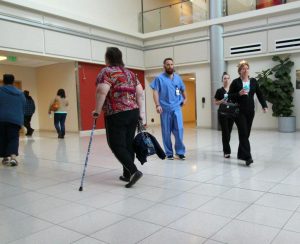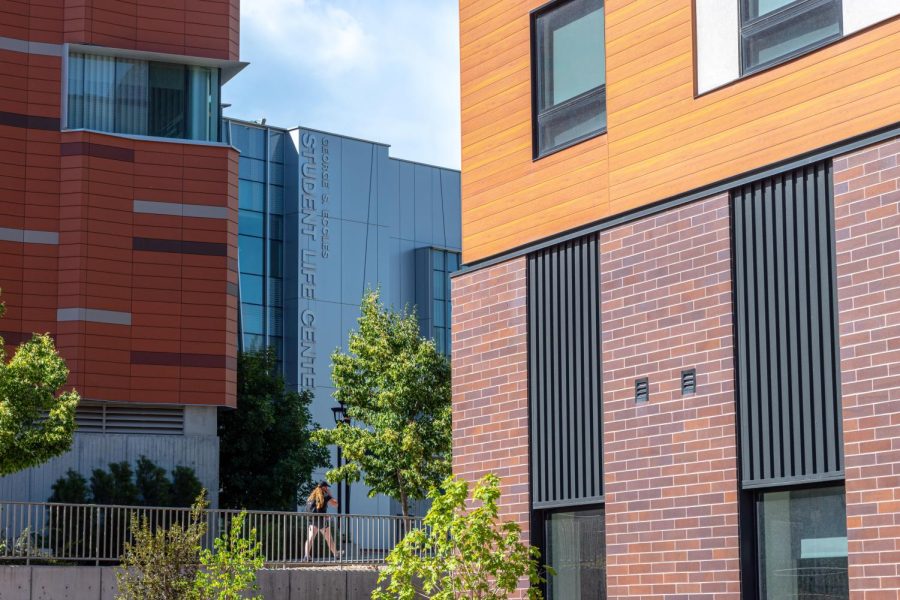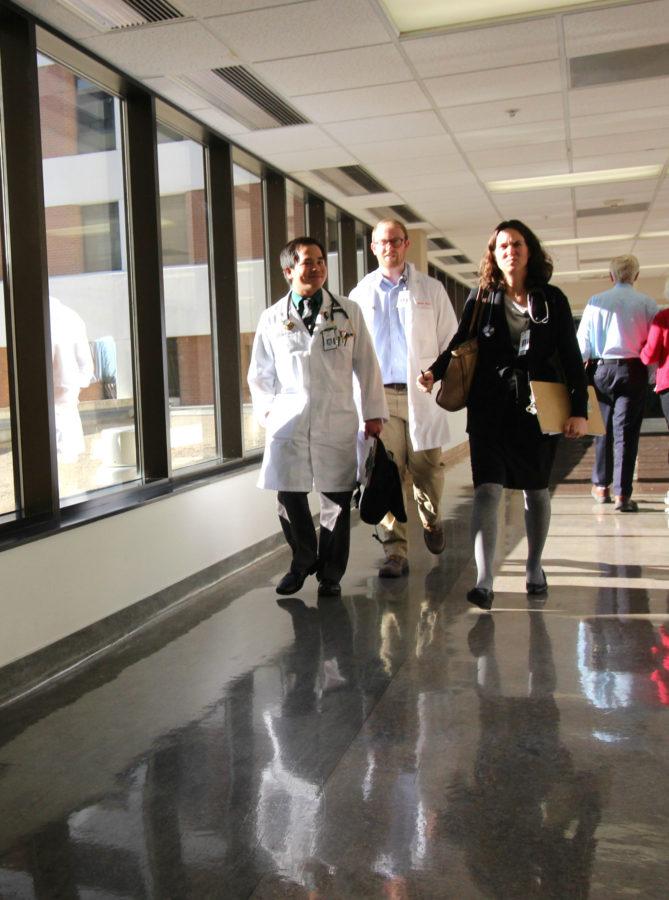For prospective pre-medical students, life can be a little chaotic. You know there are so many things you should be doing to prepare for the MCAT and medical school applications, but how do you get started? We’ve compiled a general guideline for you.
Classes
In order to be accepted into medical school, students need to take a certain set of classes. The exact classes differ between medical schools, but generally include sciences such as biology, chemistry, math and physics.
Students may find it helpful to have the majority of these classes completed not only by the time they apply to medical school, but before attempting the Medical College Admissions Test (MCAT). Making a 4-year-plan can help students hit the required courses and ensure the essentials are completed before the test.
No specific major is required of premeds. As long as the premedical course requirements are also completed, the major of your undergraduate degree could be in any subject. Some students take this as a chance to branch out from the sciences, while others stick to medicine-related topics such as biology or chemistry.
MCAT
The MCAT is a standardized exam which tests students in four areas: biological sciences, physical sciences, social and behavioral sciences, and critical thinking and reasoning skills. Amongst other components, MCAT scores are considered by medical school admissions boards.
MCAT scores are reported as 5 numbers: a composite score as well as a score for each of the four test sections. Scores in each section range from 118 to 132, adding up to a composite score between 472 to 528.
University of Utah advisors recommend students take the MCAT in the spring or summer before their senior year. At the latest, students should take the MCAT in the fall of their senior year. Taking the MCAT earlier allows for the possibility of taking it again if you are dissatisfied with the results. The test may be taken three times each calendar year, up to four times in two consecutive years, and up to seven times in one lifetime.
Many MCAT preparation resources are available, including free Khan Academy tutorials and iCollaborative materials on the Association of American Medical Colleges (AAMC) website. The AAMC also offers samples tests and practice questions for purchase. In most locations, MCAT prep courses and tutoring sessions are also offered by individual institutions.
Extracurriculars
Rumor has it that medical school admission offices look for well-rounded applicants. This means that activities outside of academics are also essential. Look for experiences that nurture your passions and develop your character. While dabbling in medicine-related fields may increase your understanding of the profession, your extracurriculars are not required to pertain to a certain area. There are a multitude of extracurriculars which could prove valuable experiences.
- Leadership
In hospitals and clinics, doctors are the leaders of medical teams. Leadership experience will help prepare you for such roles and show admissions officers that you know how to take charge. Student government or mentoring roles are forms of leadership experience.
- Community Service
Doctors dedicate their lives to helping others. Volunteering will give you a taste of serving people. This may help you decide whether a medical profession is a good fit for you. Often, community service experiences also widen an individual’s perspective of the world by introducing volunteers to new populations and ideas. Your community hours are not required to be health-related.
- Research
Research is crucial to medical advances, so it is beneficial for premed students to participate in research. You are not required be the primary researcher on the project.
- Patient Exposure
Interacting with patients is a daily occurrence for many doctors. Patient exposure introduces premed students to provider-patient interactions and refines communication skills. One way to gain patient exposure is by volunteering in hospitals or hospice.
- Shadowing
To truly gain an understanding of what doctors do on a daily basis, premed students are encouraged to shadow doctors in the office and operating room. This may be a big factor in helping decide whether medicine is right for you, or in helping you choose a medical field in which to specialize. It also offers a chance to gain insight from people who have been through medical school and currently work in the field.
If you are interested, reach out to doctors you know to ask about shadowing. A good starting point may be to shadow your own primary care physician.
- Hobbies
Since doctors interact with patients so often, they should be personable and relatable. Having hobbies gives you something to talk to patients about. It may also provide an outlet for stress and help you to become more well-rounded.
Schools
There are many medical schools from which to choose. When looking at your options, consider the type of a program you are interested in. Are you interested in earning a DO or an MD or an MD-PhD or something else? An MD (Doctor of Medicine) is the most common degree for doctors.
MD programs t rain students in allopathic medicine, teaching them how to treat disorders or injuries using mainly medications. DO (Doctor of Osteopathic Medicine) programs have additional training that MD programs do not offer. Students in DO programs are trained with an additional osteopathic approach, which teaches preventative medicine and focuses on the body’s natural healing abilities.
rain students in allopathic medicine, teaching them how to treat disorders or injuries using mainly medications. DO (Doctor of Osteopathic Medicine) programs have additional training that MD programs do not offer. Students in DO programs are trained with an additional osteopathic approach, which teaches preventative medicine and focuses on the body’s natural healing abilities.
Another option is the MD-PhD program, in which students earn both an MD and a PhD (Doctor of Philosophy). This dual degree is a good fit for those who wish to be practicing physicians and also conduct research. An MD-PhD takes about eight years to complete, whereas MD and DO programs usually last four years. A student working toward the dual degree typically completes the first two years of medical school, then takes four years to work on a graduate degree, and then returns to the MD program to complete clinicals.
The first two years of medical school are lecture-based. Students take classes in areas such as genetics, anatomy, immunology and health law. During the last two years students complete clinicals. Here they work directly with patients. After medical school, doctors complete a residency, during which they learn specifics about the specialty they choose. All doctors will specialize in something. Some will also sub-specialize, which results in a certification to practice a specific type of medicine such as pediatric psychiatry or sports medicine. All doctors complete a residency. Though some are longer than others, they range from 3 to 7 years in length.
Letters of Recommendation
Letters of recommendation, also called letters of evaluation, are an important component of medical school applications. The purpose of these letters is for people of your choosing to assess whether you are suitable for medical school. Allowing plenty of time before the deadline, ask for letters from qualified people who know you well. This may include past professors, research, community service or patient exposure supervisors. When you request the letter, provide the writer with an information packet that includes your CV, transcript and awards received. Be sure to inform the writer what the letter will be used for. It is courteous to keep the writer updated about the results of your application.
Personal Statement
Your personal statement is another part of your application. It is an essay about why you want to pursue medicine and what makes you a good fit for it. Begin drafting your personal statement early on. That way, you can collect feedback and make the according changes before submitting it.
The University of Utah’s Preprofessional Advising page is a great place to find more information as well as resources. From there you can set up an appointment with a premedical advisor, find information about visiting schools, view a full list of recommended classes, and view suggestions for length and number of extracurriculars.
@KarissaWang

















